
Present Simple Tense Table English study, English vocabulary words learning, Tenses
To form the simple present tense, use the root form of the verb, with the exception of the 3rd person singular (he/she/it). For regular cases of the 3 rd person singular, add an 's'. E.g. Rachel plays the guitar every day. Jack walks to school in the morning. For verbs ending in -ss, -x, -sh, -ch, add '-es'.

Present Simple Tense Formula, Signs, Uses, Examples & Exercises 2022 EnglishAwesome
Present Simple Tense (when an action is happening right now, or when it happens regularly) Part 2This video is about: Present Simple Tense(Table) (explanatio.

Simple Present Tense Worksheet Simple present tense, Simple present tense worksheets, English
Structure of Present Simple Tense. Basic Structure: Subject+ Base Form of Verb+ Extension (Optional) Example 1: I like desserts. Example 2: They go to college by bus. Exception: If the subject is a third-person singular number, the verb takes "s" or "es" and the structure looks like the following:

Pin on Tense Formula
The simple present is a verb tense with two main uses. We use the simple present tense when an action is happening right now, or when it happens regularly (or unceasingly, which is why it's sometimes called present indefinite). Depending on the person, the simple present tense is formed by using the root form or by adding s or es to the end.
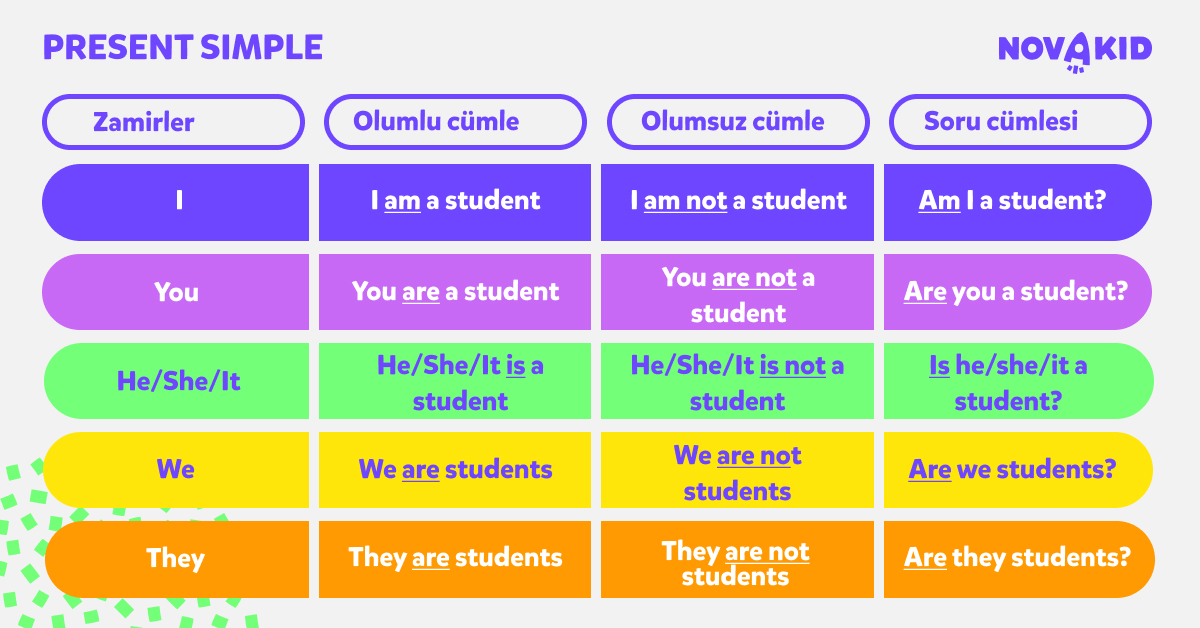
Simple Present Tense Konu Anlatımı ve Örnekler Novakid
How to Form the Present Simple Tense. It's very simple. To form a positive sentence, it's necessary to use a verb without the word "to," and add the ending -s/es for third person singular (he, she, it). The verb goes after the subject (the person doing the action). Look at some examples: I drive to work every day.
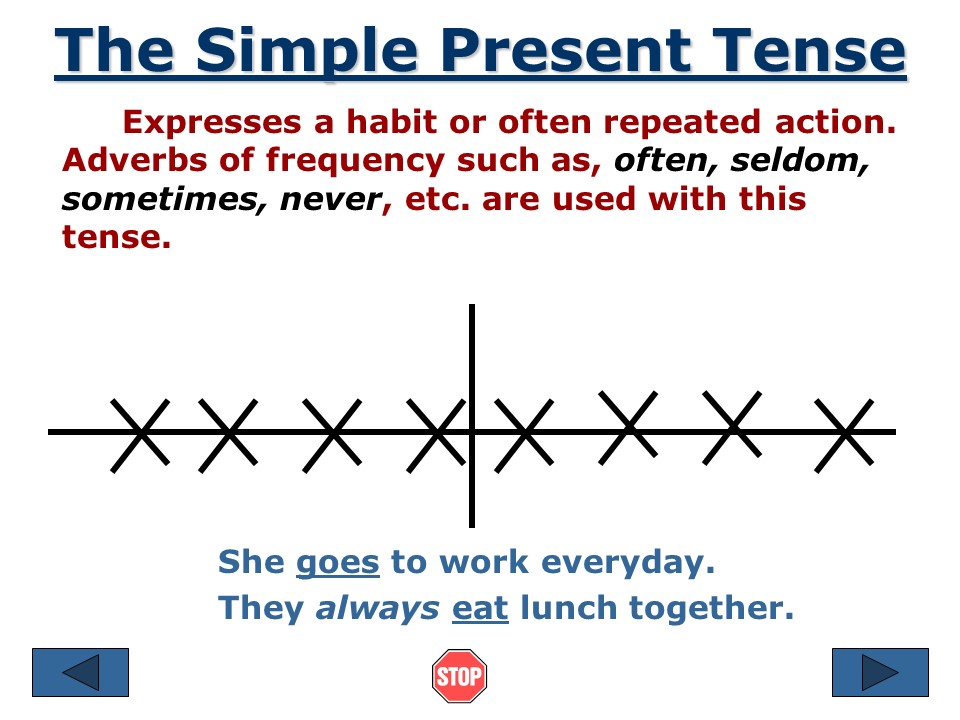
The Simple Present Tense English Learn Site
We conjugate the main verb by adding s to the third person singular. For negative and question sentences: The auxiliary verb (do) is conjugated in the Present Simple: do, does. The main verb is invariable in base form: base. For negative sentences, we insert not between the auxiliary verb and the main verb. For question sentences, we exchange.

Present Simple Tense Vocabulary Home
Formula for Affirmative/Positive Sentences. Subject + Verb in the base form + -s/es (if singular) + the rest of the sentence. Affirmative/Positive Sentence Examples: The car swerves across multiple lanes. The sisters water the plants two times a day. Ishani dreams of having a tiny house on a farm.

Present Simple ve Present Continuous karşılaştırması
The simple present (also called present simple) is the basic present tense in English. It expresses facts, sequential and repeated actions and timetabled future events. It is one of the most commonly used tenses in the English language. Read on to learn when to use the simple present and how to conjugate it, then practise using this tense in.

Present Simple Tense In English Grammar Beginner English Lessons (Basic Grammar) English
Negative: Full: Short: I am not. You are not. He is not. She is not. It is not. We are not. They are not. This is not. That is not — You aren't. He isn't. She isn't

Present Simple Tense * Part 1 * Grammar explanation * 2 pages English ESL Worksheets for
Grammar Rules: Auxiliary Verb - "Do/Does " is added after the subject. "Not" - is added after the auxiliary verb "do/does". Main Verb - the base tense of the verb is used. Subject. Auxiliary Verb. Not. Main Verb. 1st Person.
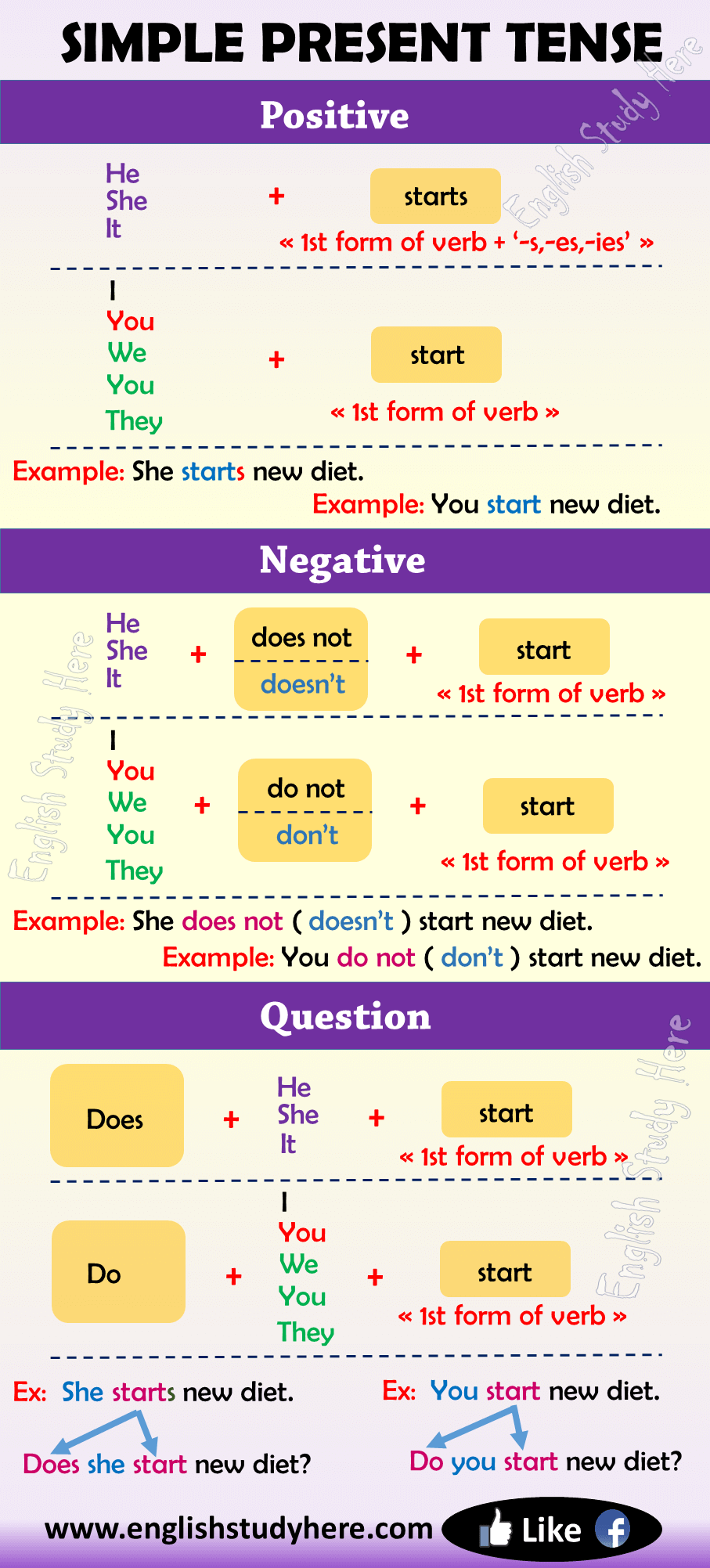
present progressive verbs worksheet
The simple present tense in English is used to describe an action that is regular, true or normal. We use the present tense: 1. For repeated or regular actions in the present time period. I take the train to the office. The train to Berlin leaves every hour. John sleeps eight hours every night during the week. 2.
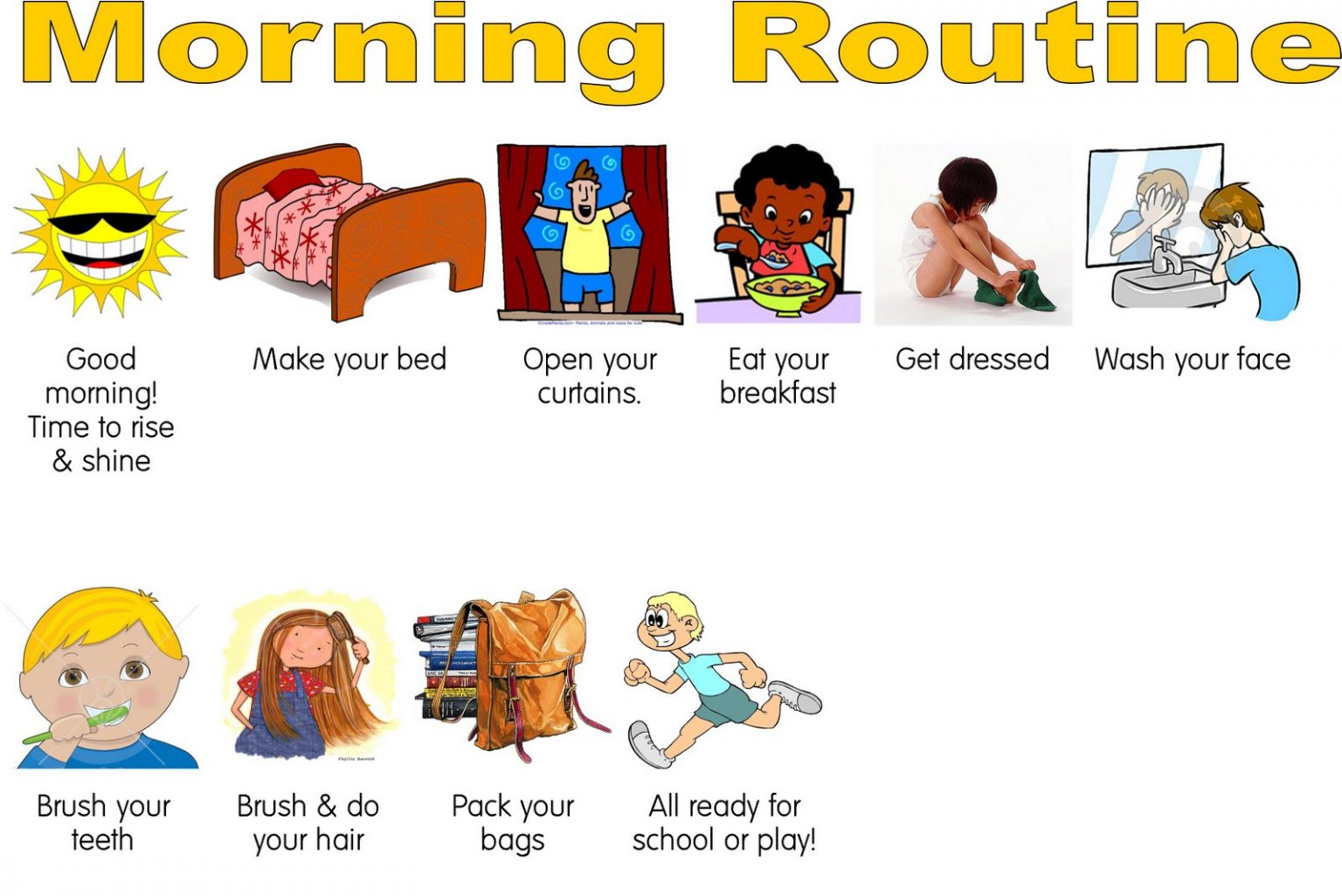
Present Simple Tense
Tense table: Find affirmative, negative and interrogative examples of present, past, future and conditional tense with simple, continuous, perfect and perfect continuous forms.

Simple Present Tense Formula For Kids Past Simple Tense (Simple Past) Definition, Rules and
Example. Simple Present Tense. Formula: subject + verb. "I live in Japan.". Present Continuous Tense. Formula: subject + Verb "To Be" + Present Participle. "My friends and I are meeting for lunch at noon.". Present Perfect Tense. Formula: have/has + past participle.
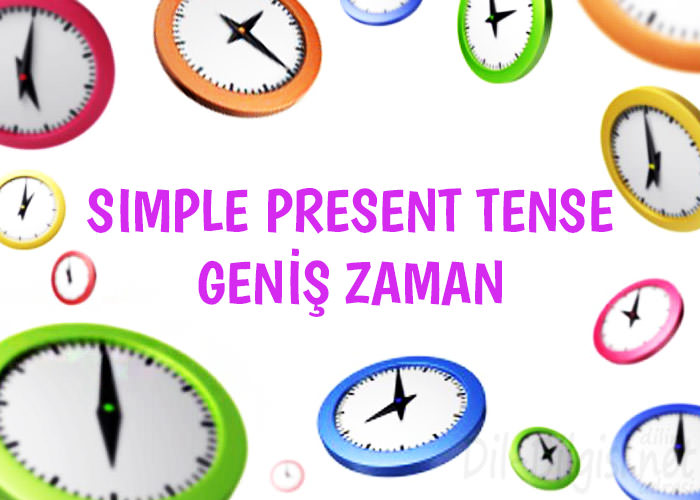
Simple Present Tense İngilizce Geniş Zaman Konu Anlatımı
According to the Cambridge Dictionary, the simple present tense form of the verb in a sentence is defined as "the tense that is used to refer to events, actions, and conditions that are happening all the time, or exist now.". The Cambridge Dictionary gives a much more elaborate definition of the simple present tense.

Simple Present Tense YouTube
Present simple vs. present continuous. While the present simple is typically used to refer to habits, states, and facts, the present continuous is used to describe a temporary action that is currently taking place.. Examples: Present simple vs. present continuous Justin eats. dinner at 6 p.m. every day.. [describing a habit] Justin is eating dinner right now. . [describing a temporary action.
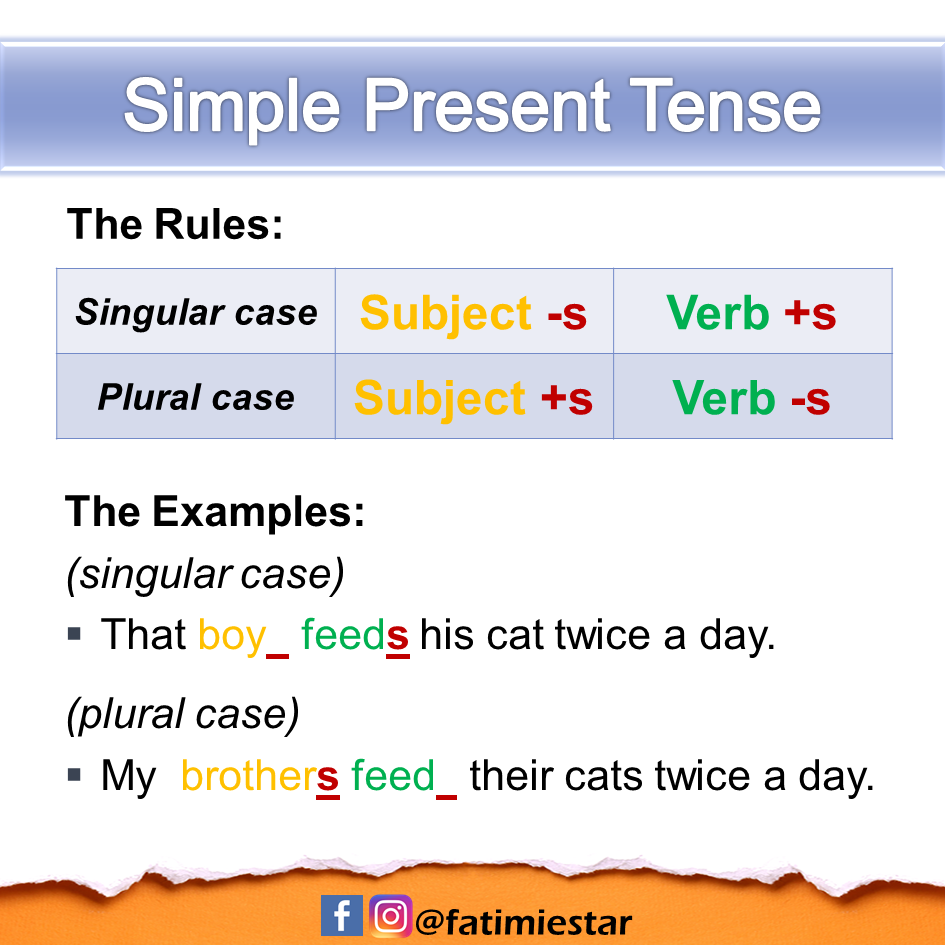
SIMPLE PRESENT TENSE
The simple present tense is typically used for the following four general cases: To express facts, general statements of truth, and common-sense ideas that everybody knows. To state habits, customs, and events that happen periodically. To describe future plans and events. To tell jokes, stories, and relate sporting events in real-time.